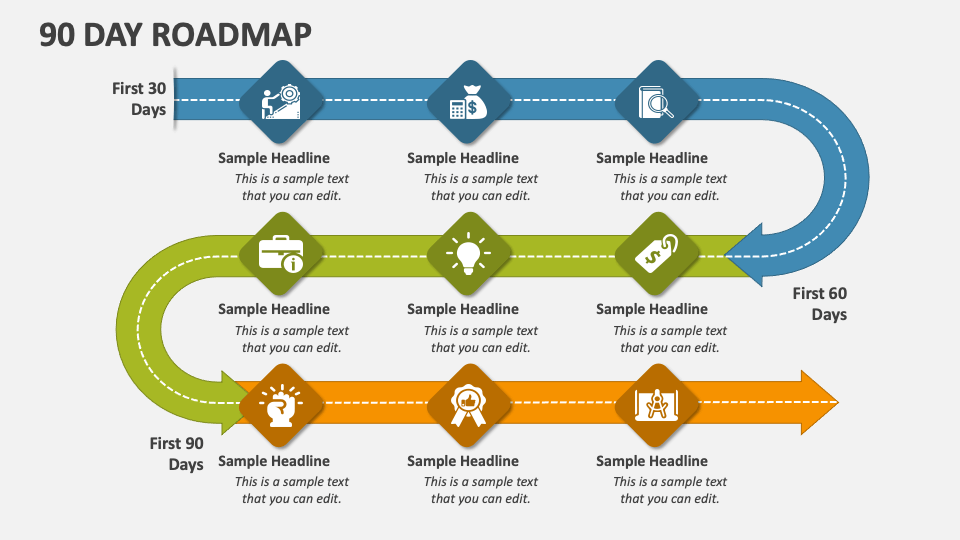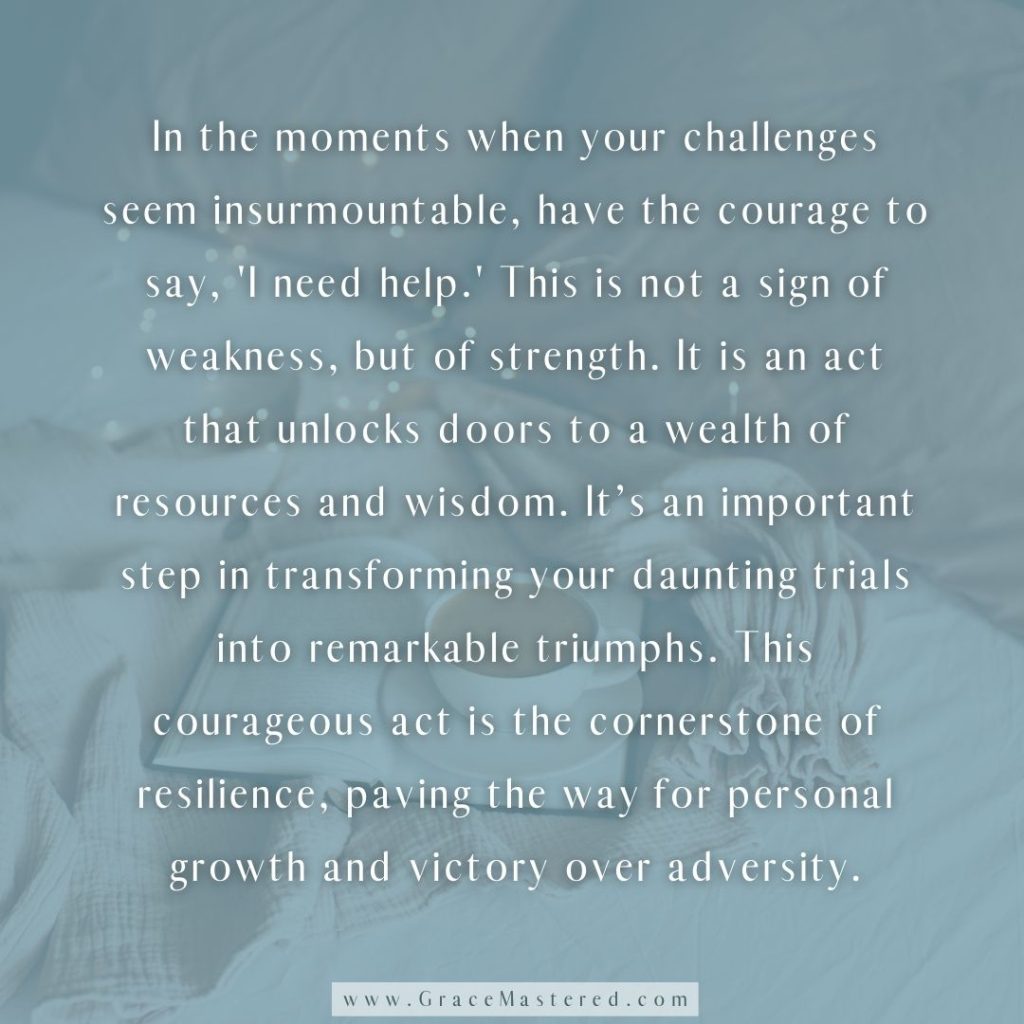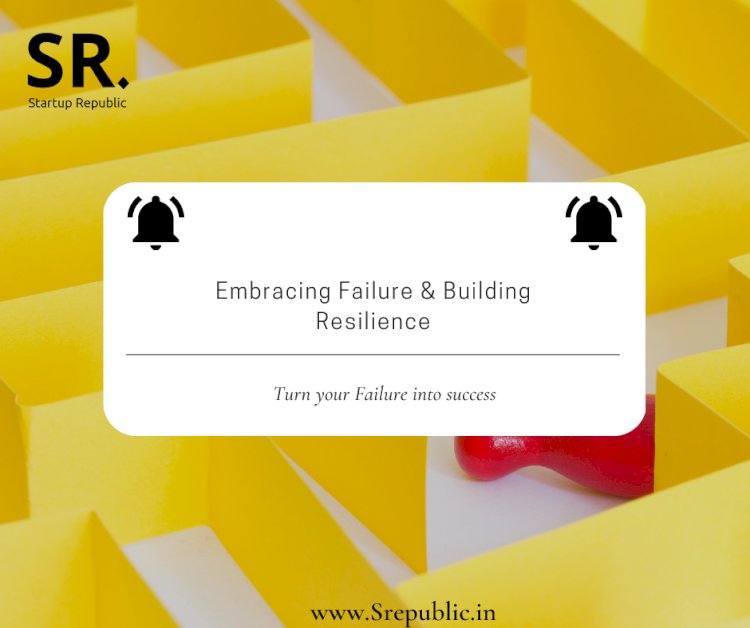
Your First 90 Days as a Startup Founder: A Strategic Roadmap to Success
Embarking on the entrepreneurial journey is exhilarating, terrifying, and immensely rewarding, often all at once. You’ve got the idea, the passion, and the drive. But what do you do in those critical first few months? The first 90 days as a startup founder are not just a sprint; they’re a foundational marathon where every step counts. This period sets the trajectory for your entire venture.
This comprehensive guide will provide you with a strategic roadmap for your initial 90 days, broken down into actionable phases. We’ll cover everything from validating your idea to building your first MVP, securing initial customers, and laying the groundwork for sustainable growth. Get ready to transform your vision into a tangible reality!
The Critical Importance of the First 90 Days
Think of your first 90 days as the startup equivalent of basic training. It’s where you define your mission, test your assumptions, build your core team, and secure your first wins. Founders who navigate this period strategically are far more likely to:
- Validate their market need: Avoid building something nobody wants.
- Conserve precious resources: Time, money, and energy are finite.
- Build a strong foundation: For product, team, and culture.
- Attract early adopters and investors: By demonstrating traction and clarity.
Without a roadmap, it’s easy to get lost in the weeds, chasing every shiny object, or building features no one needs. Let’s make sure that doesn’t happen to you.
Phase 1: Weeks 1-4 – The Groundwork & Deep Dive (Validate & Plan)
The initial month is all about clarity, validation, and laying a solid, well-researched foundation. Don’t rush into building; instead, focus on understanding the problem you’re solving and for whom.
1. Refine Your Vision & Problem Statement (The "Why")
- Define Your Core Problem: What specific, painful problem are you solving? Who experiences this pain? Be hyper-specific.
- Articulate Your Vision: What does the world look like when your solution exists? What’s the ultimate impact you want to make? This is your North Star.
- Nail Your Mission Statement: How will you achieve that vision? What’s your unique approach?
2. Intense Market & Customer Validation
This is perhaps the most critical activity in your first 90 days. Do not skip this!
- Identify Your Ideal Customer (ICP): Who are they? What are their demographics, psychographics, daily routines, pain points, aspirations? Create detailed "customer personas."
- Conduct Problem Interviews: Talk to at least 20-30 potential customers. Focus on their problems, not your solution. Ask open-ended questions like:
- "Tell me about a time when you experienced [the problem]."
- "How do you currently try to solve this problem?"
- "What are the biggest frustrations with existing solutions?"
- Analyze the Competitive Landscape: Who else is trying to solve this problem? What are their strengths and weaknesses? How will you differentiate?
- Identify Your Unique Value Proposition (UVP): Based on your research, what makes your solution uniquely better or different for your target customers?
3. Outline Your Minimum Viable Product (MVP)
An MVP is the absolute simplest version of your product that delivers core value and solves the primary problem. Its purpose is to learn from real users with minimal effort.
- Identify Core Features: What are the must-have features that directly address the validated problem? Strip away everything else.
- Define Success Metrics for MVP: How will you know if your MVP is successful? (e.g., number of sign-ups, feature usage, customer feedback).
- Choose Your MVP Type: Could it be a landing page with an email signup? A simple manual service? A basic app prototype? A presentation?
- Technology Stack (Preliminary): If applicable, start thinking about the core technologies you’ll use. Don’t over-engineer.
4. Basic Legal & Administrative Setup
While not the most exciting, getting some basics in place early is crucial.
- Business Name & Domain Registration: Secure your brand identity.
- Legal Structure (Preliminary): Consult with a lawyer on whether an LLC, C-Corp, or other structure is best for your long-term goals (especially if seeking investment). Don’t delay too much, but don’t let this stop you from validating.
- Founder Agreement (If Applicable): If you have co-founders, draft a clear agreement covering equity, roles, responsibilities, decision-making, and what happens if someone leaves. This prevents future disputes.
Phase 2: Weeks 5-8 – Build, Test & Connect (Iterate & Engage)
With your foundation set, this phase is about bringing your MVP to life, getting it into the hands of early users, and building your core network.
1. Develop Your MVP (Rapid Iteration)
- Build Lean: Focus on functionality over polish. The goal is to get feedback, not to launch a perfect product.
- Use Agile Principles: Build in short cycles (sprints), test frequently, and be ready to pivot based on feedback.
- Outsource Smartly (If Needed): If you’re not a technical founder, consider freelancers or agencies for specific MVP development, but stay deeply involved.
- Internal Testing: Before showing it to external users, ensure it works as intended and delivers the core value proposition.
2. Pilot Program & Early User Acquisition
It’s time to get your MVP in front of real people.
- Identify Pilot Users: These are your early adopters – people who deeply feel the problem you’re solving and are willing to give honest feedback. They might be from your validation interviews.
- Onboard & Support: Provide excellent support to your pilot users. Make them feel valued and listened to.
- Gather Qualitative Feedback: Conduct in-depth interviews. Observe how they use your product. Ask:
- "What did you like most/least?"
- "What was confusing?"
- "What feature would make this indispensable?"
- Gather Quantitative Feedback: Track basic usage metrics. Are they coming back? Are they using the core features?
- Iterate Based on Feedback: This is the most important part. Don’t fall in love with your first version. Be ready to change based on what you learn.
3. Begin Building Your Core Team (Co-founders & Early Hires)
You can’t do it all alone.
- Assess Skill Gaps: What essential skills are you missing (e.g., technical, marketing, sales, design)?
- Identify Co-founder Profile: If you’re looking for a co-founder, seek someone with complementary skills, shared vision, and a strong work ethic. Look for problem-solvers, not just idea people.
- Network Relentlessly: Attend industry events, use LinkedIn, leverage your existing network.
- First Hires (If Applicable): If your budget allows, consider a critical early hire who fills a major skill gap and shares your passion.
4. Basic Branding & Messaging
Even with an MVP, you need a coherent message.
- Develop Your Brand Story: Why does your startup exist? What’s your unique point of view?
- Craft Clear Messaging: How do you explain what you do simply and compellingly? Practice your "elevator pitch."
- Build a Simple Online Presence: A basic landing page, a professional social media profile (e.g., LinkedIn, Twitter depending on your audience).
Phase 3: Weeks 9-12 – Launch, Learn & Leverage (Refine & Strategize)
By the end of your first 90 days, you should have a validated MVP, early user feedback, and a clearer path forward. This phase is about preparing for a wider launch, understanding your financials, and planning for the next growth stage.
1. Refine Your MVP & Prepare for Wider Rollout
- Prioritize Feature Development: Based on user feedback, decide what improvements are critical for the next version.
- Fix Critical Bugs: Ensure a stable user experience.
- Prepare Marketing Assets: Simple press kit, improved landing page copy, social media content.
- Define Your Launch Strategy: Will it be a soft launch, a beta program, or a bigger public announcement?
2. Financial Foundations & Runway Assessment
Even if you’re not raising capital immediately, understand your financial position.
- Basic Financial Projections: Estimate your revenue (even if zero initially) and expenses for the next 6-12 months.
- Calculate Your Burn Rate: How much money are you spending per month?
- Determine Your Runway: How many months can you operate with your current cash? This is vital for survival.
- Explore Funding Options (If Needed): Research grants, angel investors, accelerators, or bootstrapping strategies.
3. Networking & Building Your Advisory Board
Your network is your net worth, especially as a founder.
- Connect with Mentors: Seek out experienced founders or industry experts who can offer guidance and open doors.
- Attend Industry Events: Meet potential partners, investors, and customers.
- Identify Potential Advisors: Who could offer strategic insights or connections? Don’t formalize an advisory board too early, but identify key people you’d like to consult.
- Join Startup Communities: Online forums, local incubators, or accelerators can provide invaluable support.
4. Set Goals for the Next 90 Days & Beyond
The end of the first 90 days is a milestone, not the finish line.
- Review Your Progress: What worked? What didn’t? What did you learn?
- Define Key Metrics for the Next Phase: What are your top 3-5 priorities for the coming months (e.g., user growth, revenue targets, product features)?
- Create a High-Level Roadmap: Outline your product development, marketing, and team-building plans for the next 3-6 months.
- Celebrate Small Wins: Acknowledge your progress. Being a founder is hard, so celebrate every step forward.
Crucial Tips for the Entire 90-Day Journey
- Embrace Flexibility: Your initial idea will change. Be ready to pivot based on market feedback.
- Focus on Problem-Solving: Always come back to the core problem you’re solving for your customers.
- Learn Continuously: Read books, listen to podcasts, take courses. The startup world evolves rapidly.
- Prioritize Ruthlessly: You have limited time and resources. Say "no" to distractions and focus on what truly moves the needle.
- Build Relationships: Your network, early customers, and team are your most valuable assets.
- Practice Self-Care: Entrepreneurship is a marathon, not a sprint. Burnout is real. Take breaks, exercise, and maintain a healthy lifestyle.
- Document Everything: Keep notes on customer interviews, decisions, and lessons learned.
- Don’t Be Afraid to Ask for Help: Reach out to mentors, advisors, and your network when you’re stuck.
Beyond the 90 Days: Sustained Growth & Adaptation
After your first 90 days, you’ll have a much clearer picture of your startup’s potential. This initial period is just the beginning. The journey ahead will involve continuous iteration, scaling your team, expanding your product, and potentially raising significant capital.
The strategic roadmap laid out here provides a solid foundation. By diligently working through these steps, you’ll not only survive your first 90 days as a startup founder but set yourself up for sustained startup success and make meaningful progress on your entrepreneurial journey.
Now, go forth and build something amazing!



Post Comment